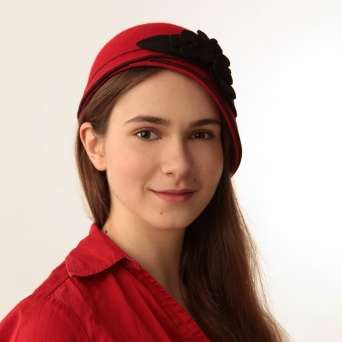2017 marks the 450th anniversary of Monteverdi’s birth. We opera fans owe him a great deal. His L’Orfeo (1607) is the first opera still in the repertoire, and his compositions and theories influenced the development of Baroque music. To commemorate his anniversary, Sir John Eliot Gardiner, a cast of soloists, the Monteverdi Choir and English Baroque Soloists are touring Monteverdi’s three surviving operas (L’Orfeo, Il ritorno d’Ulisse in patria, and L’incoronazione di Poppea) across Europe and the United States. The Salzburg Festival is the third venue to host the full trilogy as part of this project. The first installment, L’Orfeo, has me eagerly awaiting my next two nights with Monteverdi.
Billed as a concert, this L'Orfeo was very much semi-staged. Orfeo and Euridice had adorable interactions, especially during their Act 1 conversation and long kiss. The shepherds and nymphs danced in celebration. Gardiner and his co-director Elsa Rooke also made use of the Felsenreitschule’s imposing space. Sackbut and cornetto players lined up in the back wall’s illuminated arches. The messenger made a long, stately entrance preceded by a lute player.
Simple costumes (by Isabella Gardiner and Patricia Hofstede) were a mixed bag: Prosperina’s black-and-white gown stunned, but the nymphs’ dresses had a synthetic sheen under the light. Rick Fisher’s sharp lighting design heightened the drama, though it sometimes left performers in the dark. (It wasn’t clear whether the most egregious case – Speranza’s singing from the shadows – was a lighting operation error or a bad design decision.)
Tenor Krystian Adam made a fiery Orfeo, with a tone that alternated between gentle tenderness and ringing strength. He used that textural contrast and his phrasing to great emotional effect. His “Possente spirto” was simply melting. By the middle of Orfeo's monody, I was a sobbing mess. He also brought flexibility and control to the role’s many runs and ornaments, executing them accurately and feelingly.
L’Orfeo boasts a huge ensemble of supporting soloists, well cast here. Hana Blažiková sang both La Musica and Euridice (in the first case, accompanying herself on a small harp). She has a supple, straight-toned voice, typical of Baroque sopranos, and made dramatic dynamic choices. The high voices offered a wide variety of sounds: Francesca Boncompagni sang a light, airy Prosperina, while Lucile Richardot gave the messenger a chesty lower register and hysterical, shrill top. Kangmin Justin Kim seemed uncomfortable as Speranza, full in his middle register but pushed on the highest notes.
Caronte and Plutone were both sung by Gianluca Buratto, in a commanding, booming bass. Furio Zanasi made a bright-toned Apollo, though his sound did not blend well with Orfeo’s in their last duet. The shepherds delivered gorgeous solos and ensembles, particularly tenors Francisco Fernández Rueda and Gareth Treseder and countertenor Michał Czerniawski.
The most glorious singing of the evening came not from individuals but from the chorus. The Monteverdi Choir and the soloists sang the choruses together with beautifully blended sound and perfectly coordinated cut-offs and crescendos. They created a slowly growing, chills-inducing wall of sound in “Vieni, Imeneo” and thrilled with their precision and liveliness in “Lasciate i monti”.
Gardiner led an energetic musical reading characterized more by moments of emotion than an overall dramatic arc. The playing of the English Baroque Soloists was both crisp and lush. The sackbuts executed tricky, fast melodies well but jarred nonetheless; I was grateful that Monteverdi called on them infrequently. The violins and chittaroni had particularly feeling moments, and Gwyneth Wentink impressed with virtuoso harp solos.
L’Orfeo’s final scene includes Apollo’s admonition against emotional excess: “You rejoiced too much in your fortune, and now you weep too much at your bitter, hard fate”. Virtue consists of moderation and self-control. It’s an ironic ending for an opera – and performance – full of emotional extremes.




